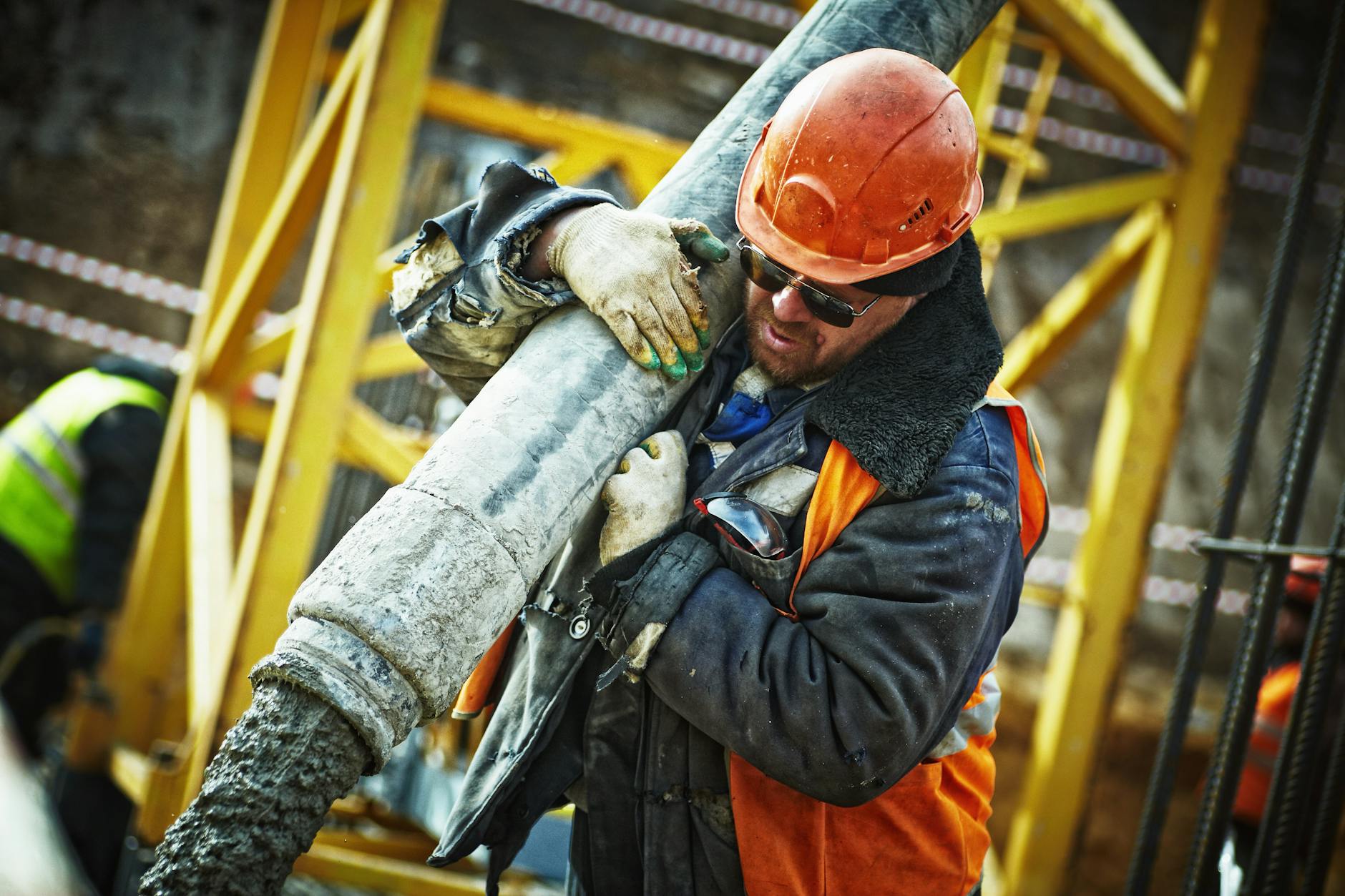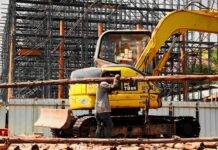
Material Handling Hazards and Control Measures
Introduction
Material handling is a crucial process in industries such as construction, manufacturing, and warehousing. It involves the movement, storage, control, and protection of materials using manual or mechanical methods. Improper handling can lead to injuries, equipment damage, and operational inefficiencies. This guide outlines common material handling hazards and the control measures to ensure a safe working environment.
Common Material Handling Hazards and Their Control Measures
1. Manual Handling Injuries (Musculoskeletal Disorders – MSDs)
Hazard:
- Lifting, pushing, pulling, or carrying heavy loads can cause back injuries, muscle strain, and joint pain.
- Poor posture and repetitive movements increase the risk of long-term musculoskeletal disorders.
Control Measures:
- Train workers in proper lifting techniques (e.g., lifting with legs, keeping the load close to the body).
- Use team lifting for heavy or awkward loads.
- Rotate tasks to reduce repetitive strain injuries.
- Design workstations ergonomically to minimize bending, twisting, and overreaching.
2. Overloading and Falling Loads
Hazard:
- Overloading lifting equipment such as forklifts and cranes can cause mechanical failure and accidents.
- Improperly stacked materials can fall, leading to injuries or fatalities.
Control Measures:
- Follow manufacturer load capacity limits for lifting equipment.
- Use proper stacking techniques (e.g., heavier items at the bottom, securing loads with straps).
- Inspect lifting equipment regularly to ensure it is in good condition.
- Keep aisles and work areas clear to prevent falling object hazards.
3. Slips, Trips, and Falls
Hazard:
- Spilled liquids, uneven surfaces, and loose materials can cause slips and trips.
- Cluttered workspaces increase the risk of falls.
Control Measures:
- Keep work areas clean and free of obstacles.
- Use anti-slip flooring and ensure proper drainage in wet areas.
- Provide proper lighting in storage and handling areas.
- Require workers to wear slip-resistant footwear.
4. Improper Use of Lifting Equipment
Hazard:
- Forklifts, cranes, and hoists can cause serious injuries if used incorrectly.
- Untrained workers may operate equipment unsafely, leading to accidents.
Control Measures:
- Train and certify workers before allowing them to operate lifting equipment.
- Conduct pre-use inspections of all machinery.
- Establish pedestrian exclusion zones around moving equipment.
- Enforce safe operating procedures and speed limits for forklifts.
5. Struck-By and Caught-In/Between Hazards
Hazard:
- Workers can be struck by moving loads, machinery, or shifting materials.
- Hands, fingers, and clothing can get caught in moving parts of handling equipment.
Control Measures:
- Use warning signs and barriers to keep workers out of high-risk areas.
- Provide high-visibility clothing for workers in material handling zones.
- Install emergency stop buttons and guards on machines.
- Train workers on the risks of caught-in/between hazards and safe work practices.
6. Chemical and Hazardous Material Exposure
Hazard:
- Improper handling of chemicals, flammable liquids, or toxic substances can lead to spills, fires, and health issues.
- Inhalation, skin contact, or accidental ingestion can cause serious health effects.
Control Measures:
- Store chemicals in designated areas with proper labeling and ventilation.
- Use spill containment systems and emergency eyewash stations.
- Train workers on proper handling, storage, and disposal of hazardous materials.
- Provide appropriate PPE, such as gloves, respirators, and protective clothing.
7. Fire and Explosion Risks
Hazard:
- Flammable materials such as gases, liquids, and combustible dust can ignite if not handled properly.
- Sparks from electrical equipment or friction can trigger explosions.
Control Measures:
- Store flammable materials in designated, fire-resistant storage units.
- Keep ignition sources away from hazardous materials.
- Use explosion-proof equipment in areas where flammable substances are present.
- Ensure fire extinguishers are available and workers are trained in fire response procedures.
8. Electrical Hazards
Hazard:
- Contact with power lines or exposed wires while handling materials can cause electrocution.
- Damaged electrical tools or improper grounding can lead to shocks and burns.
Control Measures:
- Maintain a safe distance from overhead power lines when using cranes or forklifts.
- Inspect electrical tools and equipment for damage before use.
- Use insulated tools and ground fault circuit interrupters (GFCIs) in wet conditions.
- Train workers on electrical hazard recognition and response.
9. Confined Space Hazards
Hazard:
- Handling materials in confined spaces like tanks, tunnels, or silos increases the risk of suffocation, toxic exposure, or entrapment.
- Limited oxygen levels or gas buildup can lead to asphyxiation.
Control Measures:
- Conduct atmospheric testing before entering confined spaces.
- Implement a permit-required confined space program.
- Provide proper ventilation and respiratory protection.
- Have a trained standby person and emergency rescue plan in place.
10. Fatigue and Stress from Excessive Workload
Hazard:
- Workers handling heavy loads or performing repetitive tasks without breaks can experience fatigue.
- Mental and physical stress increases the risk of accidents and injuries.
Control Measures:
- Implement job rotation to reduce prolonged strain on workers.
- Encourage frequent short breaks to prevent fatigue.
- Provide training on stress management and workload balancing.
- Ensure workers have access to hydration and rest areas.
Conclusion
Material handling is an essential but high-risk activity that requires strict safety measures. By implementing proper lifting techniques, using mechanical aids, training workers, and maintaining a well-organized workplace, businesses can reduce the risk of injuries and improve efficiency.
Adhering to these control measures ensures a safer work environment, minimizes operational disruptions, and enhances overall workplace productivity.
Common Hazards in Construction Sites and How to Mitigate Them
Batching Plant Hazards and Precautions | Free Download PPT
Monsoon Safety Plan for Construction Site
Safety Engineering in Construction: Managing Risks and Ensuring Compliance
























